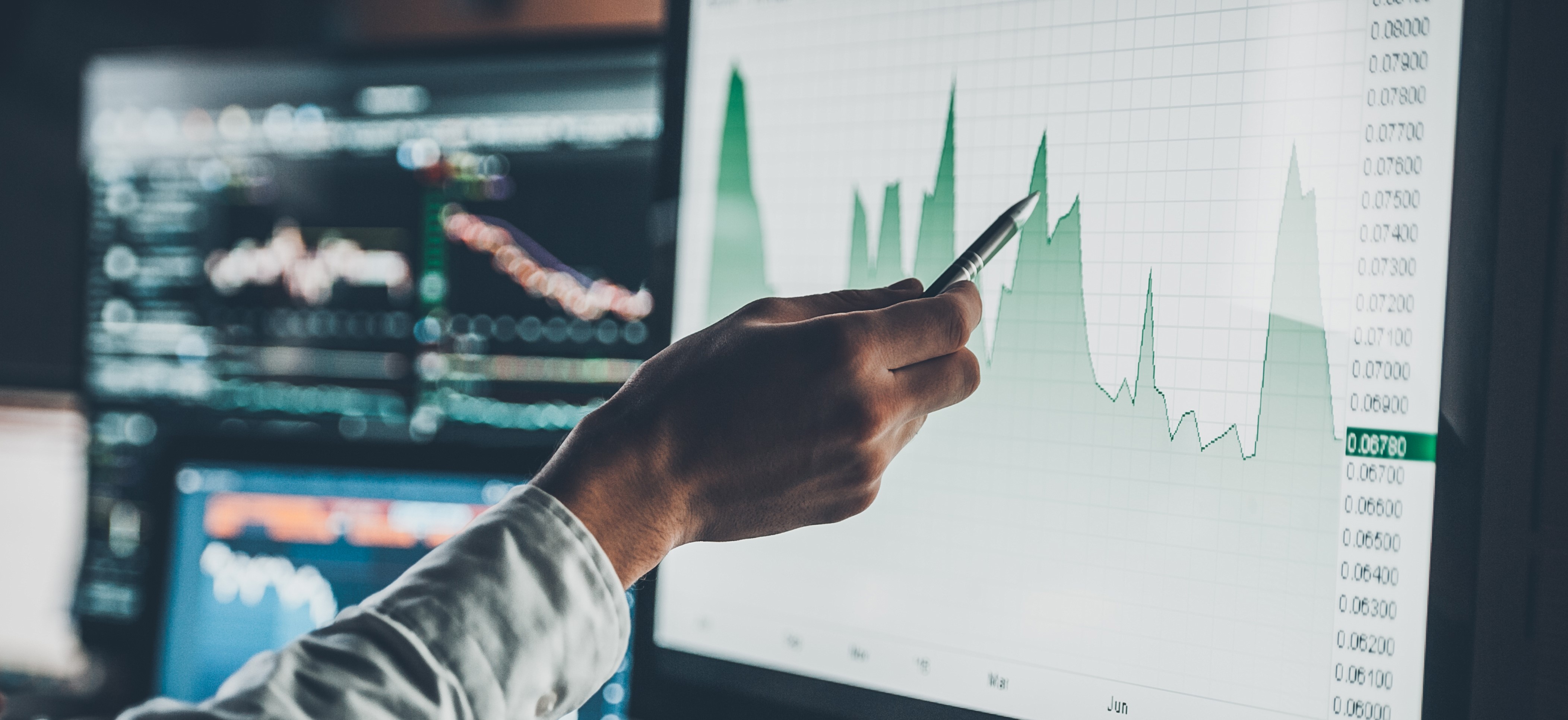Weekly Q&A: Investors Ask, Clement Answers #3
Inside Investing | Apr 11, 2019 00:27

This week, Clement discusses why the S&P 500 changes, what time is avoiding investment the best investment, and explains risky tech stocks.
How are changes in the S&P 500 components made, and how often do they occur?
The S&P 500 has an Index Committee that decides which stocks belong and don’t belong in the leading index, and changes are made as the committee feels is needed.
Their decisions, while somewhat rule-based, are not based on strict rules. The market cap threshold for inclusion is not absolute, and the committee has the right to make judgment calls regarding inclusions or exclusions.
As for how often changes happen, judging by the past three years, there have been between 20 and 30 annual changes to the index. Some are due to changes in market cap, but most are the result of acquisitions and mergers.
Interestingly, tomorrow the S&P 500 is adding a new component, Teleflex, while removing another, PG&E. The reason for the change is the bankruptcy filing expected on January 29 by PG&E.

When should I avoid investing?
There are a few scenarios in which investing is not recommended. However, they have less to do with the state of the market than they have to do with your own personal situation.
It is recommended to avoid investing for as long as you don’t have an emergency fund. While investing is important, ensuring that you have enough money on hand to cover a few months of expenses should anything occur to you or to a close relative is more important.
Another reason to not invest is if the money you have is meant for a purchase or planned expenditure in the coming year. Investing in any asset has its risks, and should the market crash, you don’t want to have to sell at a loss because you need the money. Losing a couple of percentages on inflation is often the safer choice.
Generally, you should invest, but it’s important to know that some situations in your personal life require more immediate attention. Being financially stable is a prerequisite to successful and less stressful investing.

Why are tech stocks considered risky?
In a sentence - the more tech stocks go up because of high expectations for the future, the more they can fall when the future falls short of expectations.
In more detail, stocks are valued based on future expectations - not on their present results. This is reflected in the PE ratio of stocks. The PE ratio tells you for how many time the current yearly earnings you are buying the company.
Tech stocks are often regarded as ‘the future’, the ones that will continue to grow and grow. For that reason Netflix, for example, is trading for a PE ratio of 250, meaning that buying the company today require you to pay 250 times its earnings, which is a very high number (the current S&P average PE ratio is 20).
The higher the expectations, the higher the price you have to pay. The risk begins when things don’t go according to plan.
To continue with the Netflix example, there have been a few quarters where Netflix missed analysts expectations, and the stock dropped over 10% in a single trading session, which is a very significant drop. Stocks that are highly valued because of lofty future expectation (like tech stocks) have a lot of room to fall, and therefore are riskier than other stocks.
Of course, investing is about risk AND reward. The reward a successful tech company offers is bigger than an average company - and fittingly, so is the risk taken when investing in it.
If you have questions of your own you’d like Clement to answer, please leave them in the comments below or send them directly to Clement via Twitter - @ClemThibault
Be the first to comment on


Trading in financial instruments and/or cryptocurrencies involves high risks including the risk of losing some, or all, of your investment amount, and may not be suitable for all investors. Prices of cryptocurrencies are extremely volatile and may be affected by external factors such as financial, regulatory or political events. Trading on margin increases the financial risks.
Before deciding to trade in financial instrument or cryptocurrencies you should be fully informed of the risks and costs associated with trading the financial markets, carefully consider your investment objectives, level of experience, and risk appetite, and seek professional advice where needed.
Fusion Media would like to remind you that the data contained in this website is not necessarily real-time nor accurate. The data and prices on the website are not necessarily provided by any market or exchange, but may be provided by market makers, and so prices may not be accurate and may differ from the actual price at any given market, meaning prices are indicative and not appropriate for trading purposes. Fusion Media and any provider of the data contained in this website will not accept liability for any loss or damage as a result of your trading, or your reliance on the information contained within this website.
It is prohibited to use, store, reproduce, display, modify, transmit or distribute the data contained in this website without the explicit prior written permission of Fusion Media and/or the data provider. All intellectual property rights are reserved by the providers and/or the exchange providing the data contained in this website.
Fusion Media may be compensated by the advertisers that appear on the website, based on your interaction with the advertisements or advertisers.